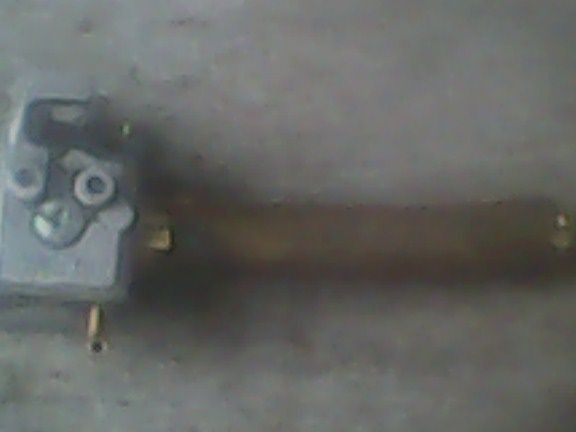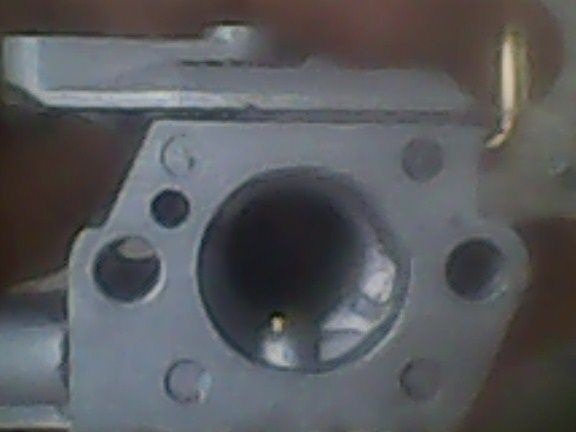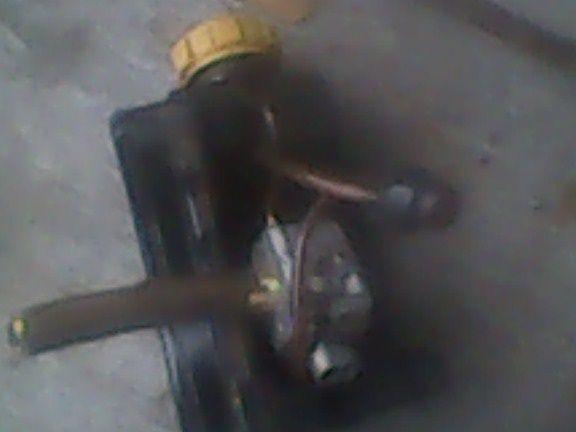As a basis, I decided to take a carburetor from a chainsaw. It is membrane, very well tuned. As for the throughput, I think it will be enough to spin the engine up to about 2000 rpm. And this is more than enough.
So again, what are the pros?
1. Good mixture formation (IMHO, but it is better than on a VAZ with these emulsion tubes, a million nozzles and other garbage)
2. A very fine adjustment of the quality of the mixture with a screw on the carbide.
3. Expected savings. I think if you drive purely on such a carbo, without the main one, you can meet 5-7 liters, instead of 10-11 liters. Well, it's all in the eye.
Today I tried to do it all. He removed the carburetor from the old chainsaw, removed all the flaps. Then he cut off a piece of a copper tube, it tightly "twisted" into the channel of the carba to the diffuser. Connected to the car tank gas tank.
Of course I haven’t installed the carburetor yet. It turned out to install the "carburetor in the carburetor." That is, I inserted a small carb tube in the first chamber of the Zhiguli carburetor (well, this is just an experiment). The remaining space was stuffed with rags.
The fuel supply hose to the native carb plugged with a stick.
He started the car by pouring some fuel directly into the manifold. While the car was idling (there was fuel left in the carburetor), I manually tried to gass. The mini-carburetor works fine, from the atomizer (nozzle) fuel is clearly coming in the form of an emulsion (fog). But the engine does not hold revolutions, it stalls, apparently too little gasoline. Turned out all quality screws. To no avail.
Probably a lot of air sucks through a rag, the mixture is poor for work. I will chemize further. I will unsubscribe about the results.
I apologize for the quality of the photos))





